Every Way Dragon Ball Super Retcons GT | Screen Rant
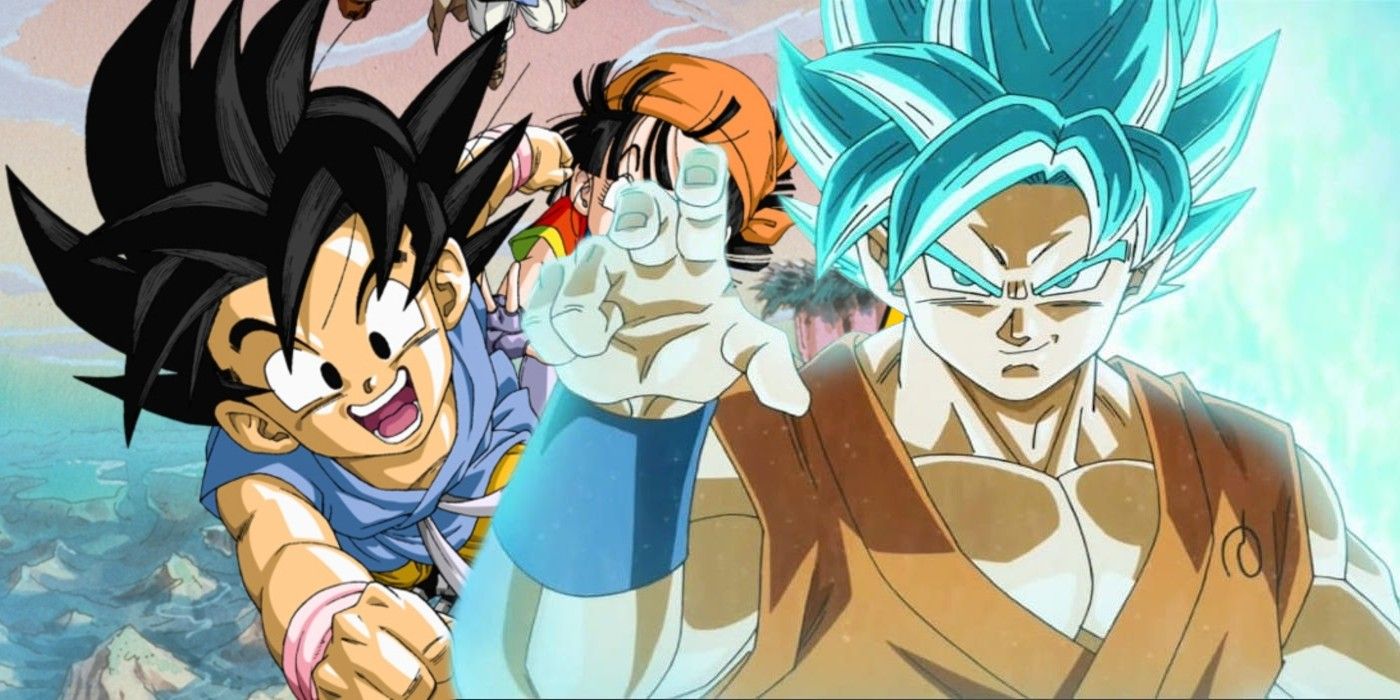
Dragon Ball Super introduces a host of new characters and concepts that contradict the widely-criticized Dragon Ball GT series. Akira Toriyama's famous Dragon Ball story follows Goku from his early childhood living alone in the forest to adulthood - not that you'd necessarily notice from his eternally youthful looks and immature personality. When the Dragon Ball Z anime finished adapting Toriyama's manga material in 1996, Goku's popularity was still surging across the world, as western networks began picking up the property and getting an entire generation hooked on anime for life. Reluctant to let the Dragon Ball franchise end, Toei Animation produced a sequel series under the title Dragon Ball GT.
Despite still following Goku and his friends, Dragon Ball GT told a totally new story not derived from Toriyama's manga, and the fan reaction was predictably negative. Dragon Ball viewers were generally disappointed with the futuristic tone, sweeping changes to the mythology, and lack of substance. Dragon Ball laid dormant for a while after GT's conclusion, but maintained its popularity, and a new sequel series, Dragon Ball Super, premiered in 2015.
Made with Toriyama's involvement this time, Dragon Ball Super has enjoyed far more acclaim. In terms of the timeline, however, Dragon Ball Super takes place before the era of GT, meaning both could technically still exist within the same canon. Even though Dragon Ball GT hasn't completely been overwritten, so much of Dragon Ball Super retcons the previous sequel. Here's every way the latest Dragon Ball anime series delivers a canon Kamehameha to Dragon Ball GT.
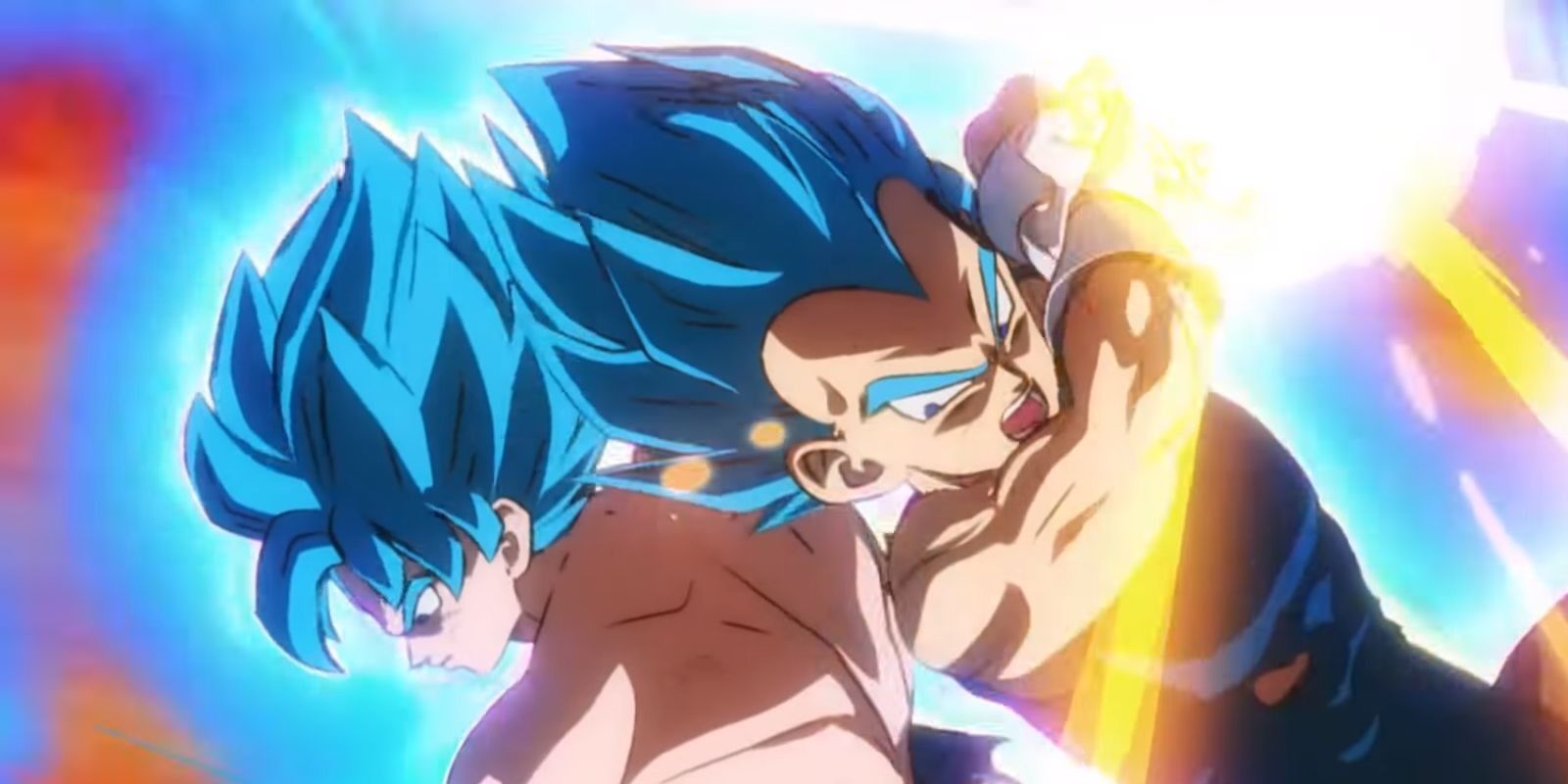
Perhaps the most obvious retcon Dragon Ball Super makes to Dragon Ball GT is in the power levels of Goku and Vegeta. In Dragon Ball GT, both Saiyans unlock the Super Saiyan 4 transformation - an ape-like form with black hair, red fur and a restored tail, which remains Goku and Vegeta's strongest state until the end of the anime. In Dragon Ball Super, Goku and Vegeta ascend to Super Saiyan God mode instead, before training themselves up to Super Saiyan Blue. Goku goes a step further by honing the Ultra Instinct technique, while Vegeta learns Forced Spirit Fission. According to the Dragon Ball timeline, Goku and Vegeta should have these God-like techniques available in GT, but not one of them is even mentioned.
Other characters such as Gohan and Krillin also receive power-ups in Dragon Ball Super, but they might've neglected their training and got rusty before Dragon Ball GT, which would explain the discrepancy. Since Goku and Vegeta are constantly training, however, there's no reason for them to stop using Super Saiyan God and Ultra Instinct.
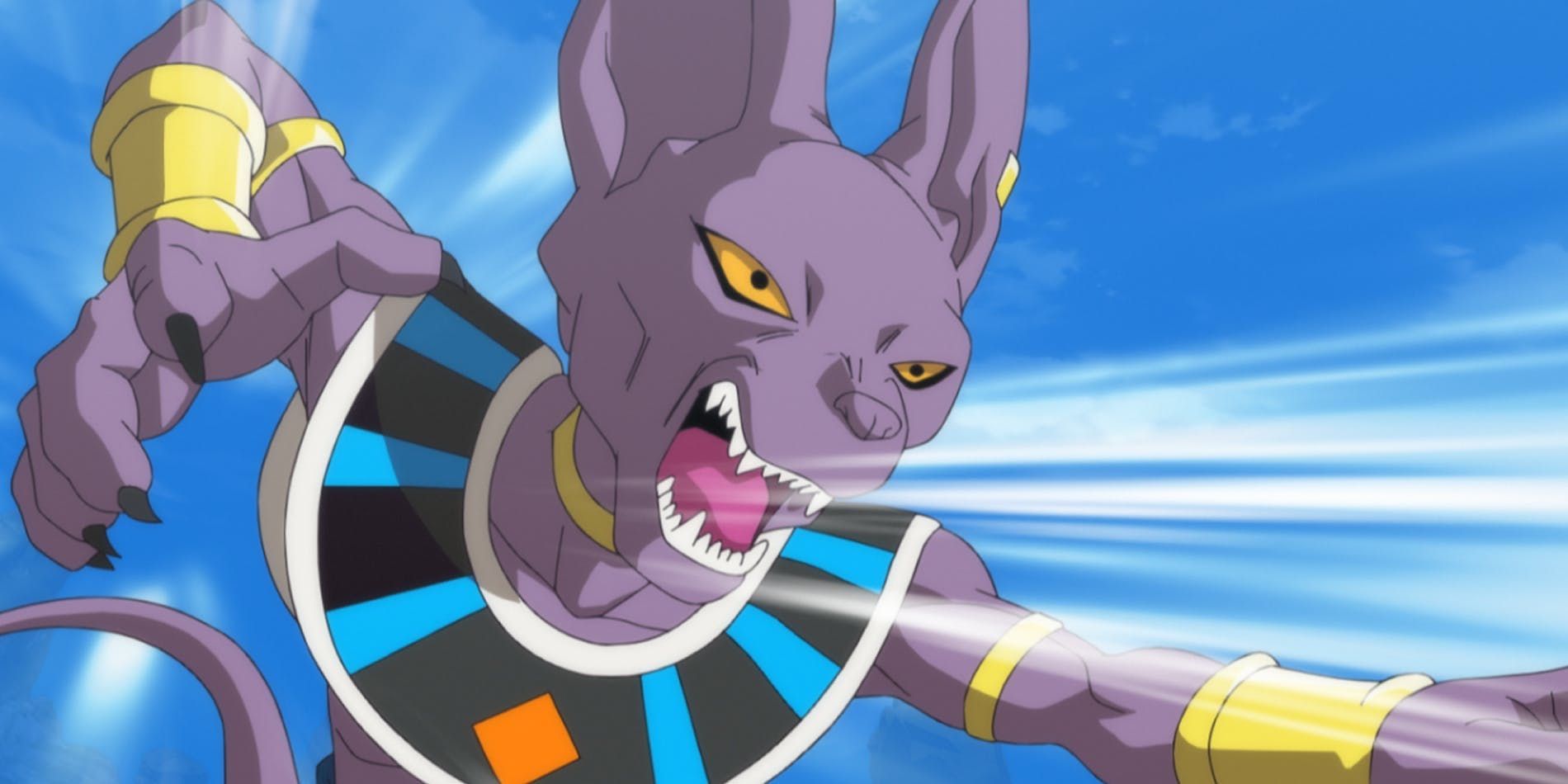
Ever since Universe 7's God of Destruction, Beerus, was alerted to the prophecy of a Super Saiyan God by his pet fish, he and Whis have been a constant presence in the Dragon Ball story. Whether they're consuming Earth's delicacies or complaining about how troublesome Saiyans are, Beerus and his angelic assistant can't help but hang out with Goku's Z-Warriors. As Dragon Ball Super progresses, Beerus and Whis become even more involved, training Goku and Vegeta personally, and even rewinding time when Frieza threatens to destroy the Earth.
It's strange, then, that the characters are completely absent throughout Dragon Ball GT, not even mentioned by the characters on Earth. Obviously, this is because Beerus and Whis weren't created when Dragon Ball GT was airing, but from an in-story perspective, it's a plot hole.
The same can be said of other divine beings introduced in Dragon Ball Super. Goku made a firm friend in Zen-Oh, and there's an entire roster of Gods and angels who are integral to the fabric of the universe. Then there are the concepts of God energy, time rings, etc., all of which are ignored completely in the futuristic timeline of Dragon Ball GT.
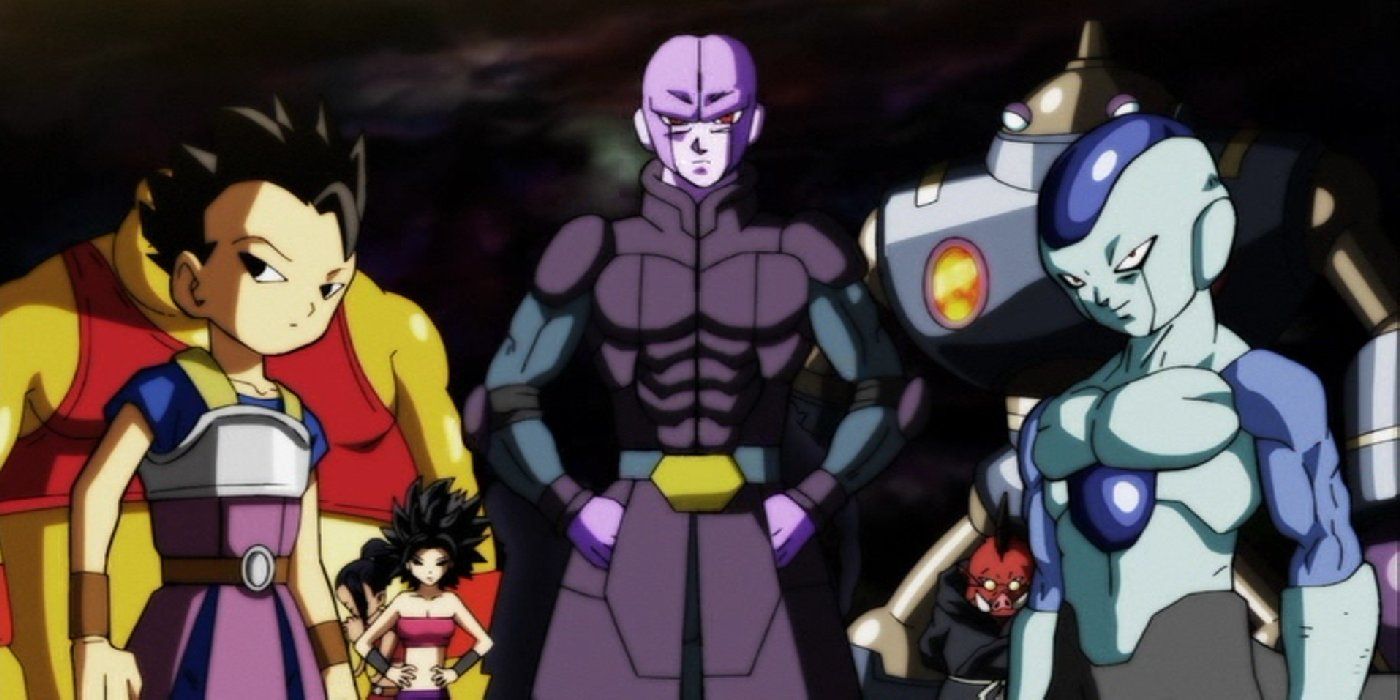
Dragon Ball Super massively expands Akira Toriyama's fictional world by revealing the existence of other universes beyond Goku's Universe 7. There are twelve in total, and each has a parallel twin containing similar planets and races. The Z-Warriors compete in inter-universe tournaments in Dragon Ball Super, and befriend the likes of Hit and Jiren, as well as the Saiyans of Universe 6. Vegeta even finds a protege in young Cabba, instructing the warrior how to become Super Saiyans.
No one in Dragon Ball GT references that these other universes exist, nor any of the allies or enemies made during the Tournament of Power. Not only is this strange, but Goku uses Jiren as a measuring stick for his own power after their intense battle, always hoping for a rematch in a future tournament. Why wouldn't he still feel the same during Dragon Ball GT?
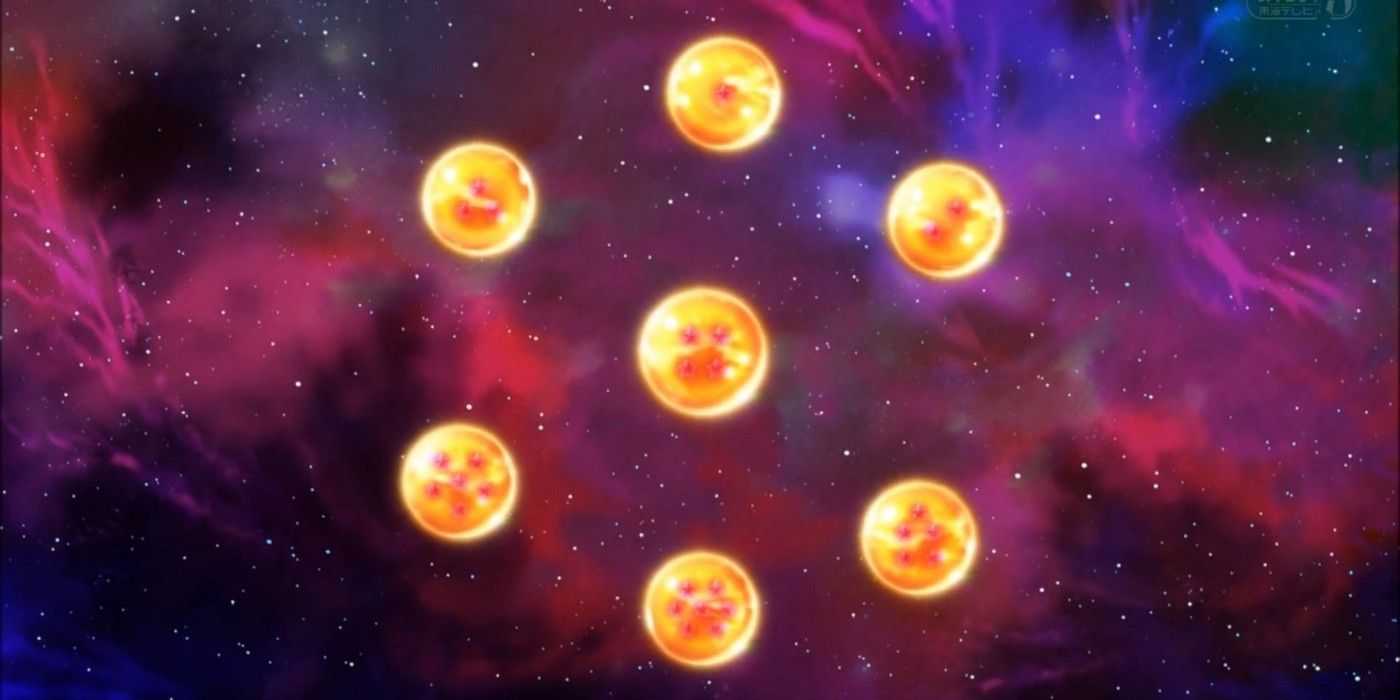
Dragon Ball Super introduces the Super Dragon Balls. According to legend, these planet-sized orbs were the original wish-making balls, and the Namekians crafted their own smaller sets from them. Because the Super Dragon Balls are so difficult to obtain, it makes sense that the Earthlings wouldn't necessarily bother collecting them, but the existence of Super Dragon Balls does contradict Dragon Ball GT's Shenron arc.
This storyline reveals that every wish made using the Dragon Balls created an evil Shenron inside each sphere, and Goku must defeat all seven to protect the Earth. But if the Dragon Balls are merely chips off the much larger Super Dragon Balls, why do these powerful Shadow Dragons exist? And could the Super Dragon Balls have their own, stronger versions? Moreover, each dragon corresponds to a wish made during Dragon Ball or Dragon Ball Z... but there are none relating to wishes from Dragon Ball Super.
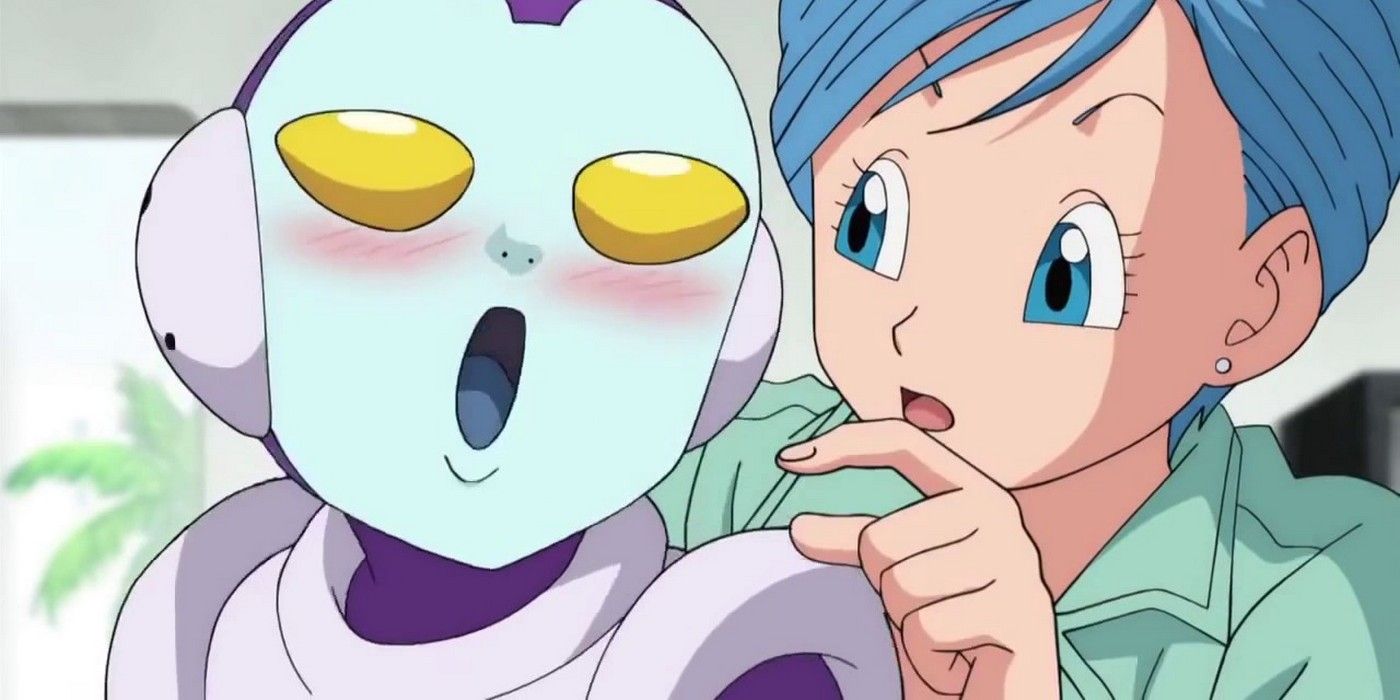
Dragon Ball Super makes two major additions to the Z-Fighters. The first is Jaco, an alien and Galactic Patrolman who met Bulma as a child. As Goku's adventures become more planetary in nature, Jaco begins joining the team for their biggest fights, since Earth is under his jurisdiction. He might not be especially useful, nor full of courage, but Jaco is a reassuringly comedic presence nonetheless. Dragon Ball Super also reintroduces Android 17 to the main group. The black-haired warrior went into hiding in Dragon Ball Z, and reemerged in GT after being taken over and transformed into a villain. In Dragon Ball Super, Android 17 agrees to join Universe 7's team in the Tournament of Power, and then continues to fight alongside them against later villains such as Moro. Dragon Ball GT contradicts both characters; Jaco doesn't appear at all, and Android 17 is living alone again. There's also no mention of 17's family, who are referenced in Dragon Ball Super.
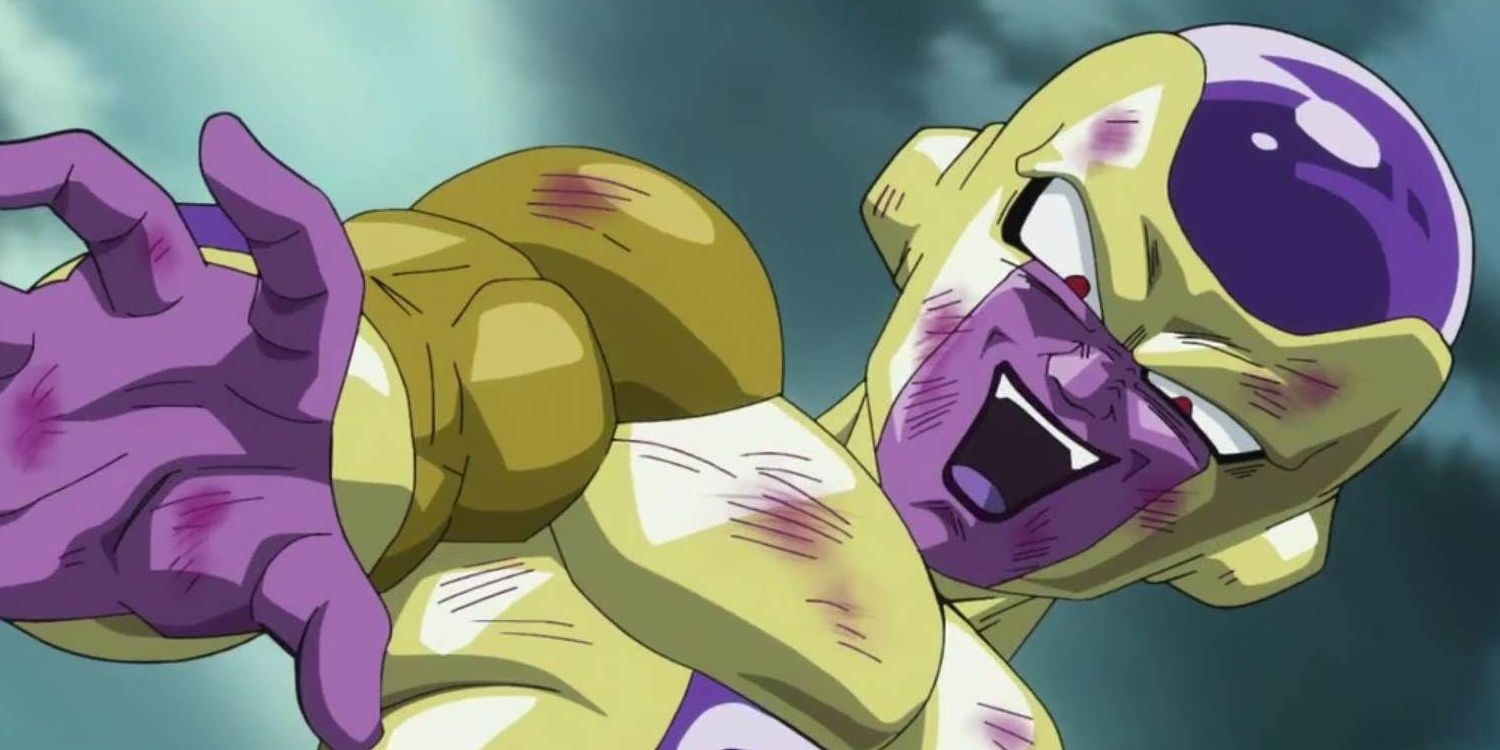
The original Dragon Ball story sees Goku defeat Frieza, and Future Trunks finishes the villain off with a swift swing of his blade. When the gates of Hell open in Dragon Ball GT, Frieza makes a temporary return to Earth before being sent back from whence he came. But while Frieza is very much dead throughout Dragon Ball GT, he's very much alive in Dragon Ball Super. Frieza's henchmen manage to revive him in the Resurrection F arc, but despite attaining a shiny new form, the villain is once again killed by Goku. After helping Universe 7 to victory in the Tournament of Power, Goku allows Frieza to be revived permanently, and the character is currently still kicking around. It's possible that Frieza could die again between Dragon Ball Super and Dragon Ball GT, but as things stand, the character's status in one sequel is incompatible with the other.
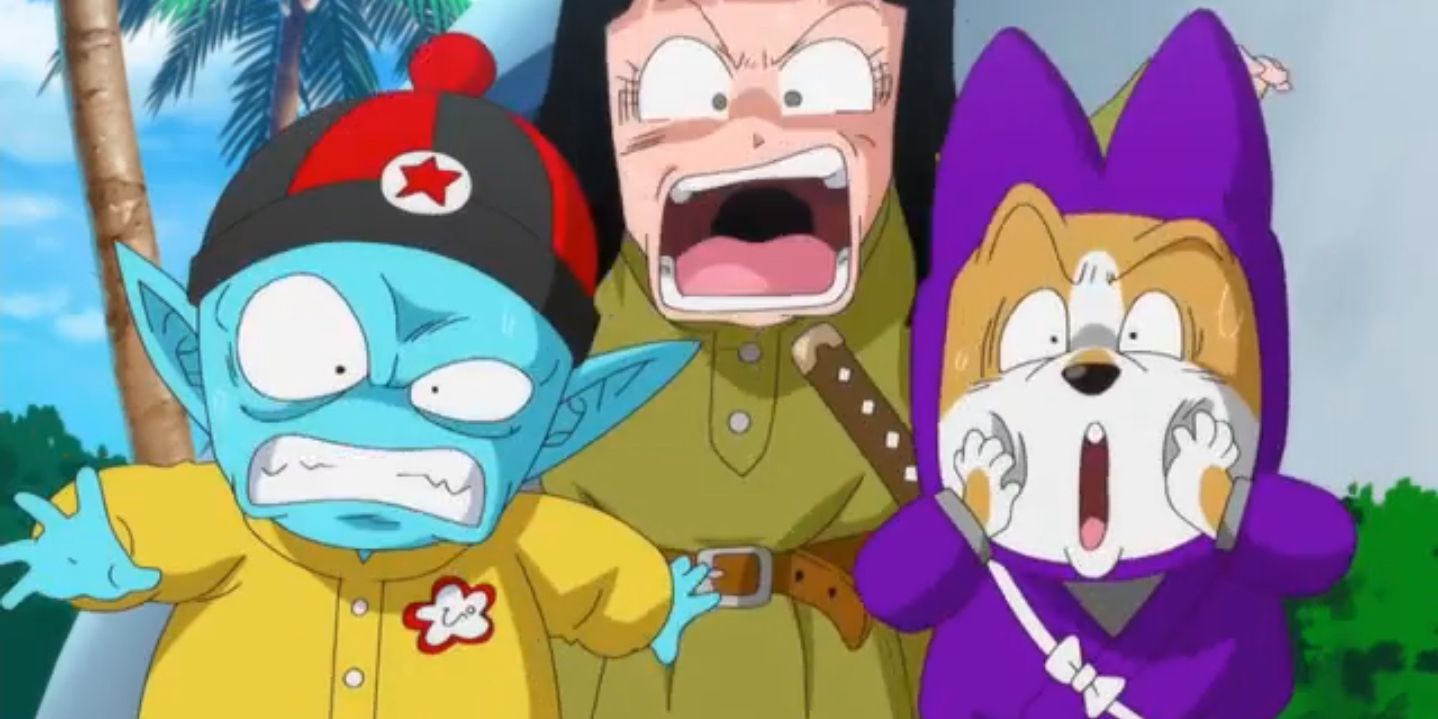
When Dragon Ball GT begins, an older Emperor Pilaf (accompanied by Mai and Shu) uses the Black Star Dragon Balls to turn Goku into a child again. At the start of Dragon Ball Super, however, the Pilaf Gang inadvertently turn themselves into children. With only a few years between the two sequels, Pilaf and his cronies should still be relatively youthful when they wish upon the Black Star Dragon Balls in GT. Instead, Pilaf is visibly wrinkled, and the other two are fully-grown. The only possible explanation is that Pilaf uses the Dragon Balls to wish him and his pals back to their natural ages during the interim between Super and GT.
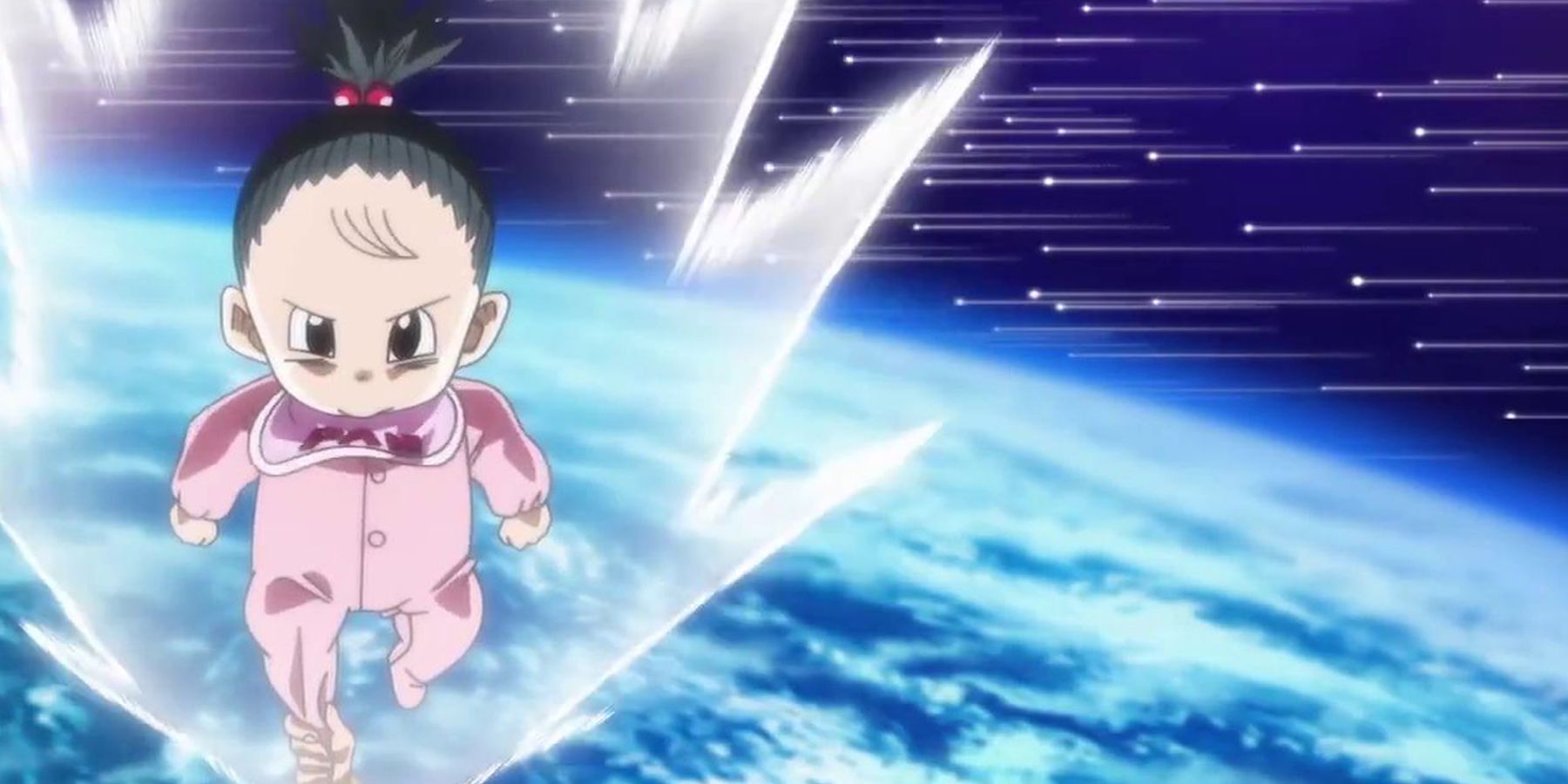
As the granddaughter of Goku and the daughter of Gohan, Pan is a formidable fighter in Dragon Ball GT, but she never turns Super Saiyan, and her strength still pales in comparison to that of her family members. Although she's merely a baby in Dragon Ball Super, the anime hints that Pan has even more latent potential than Gohan as a child. After being caught up in one of Pilaf's escapades, Pan flies up into space and saves the gang by easily lifting their spaceship. Although this happens in a Dragon Ball Super filler arc, Pan is clearly being built as a more powerful warrior than she eventually becomes in Dragon Ball GT. Like father, like daughter, perhaps?
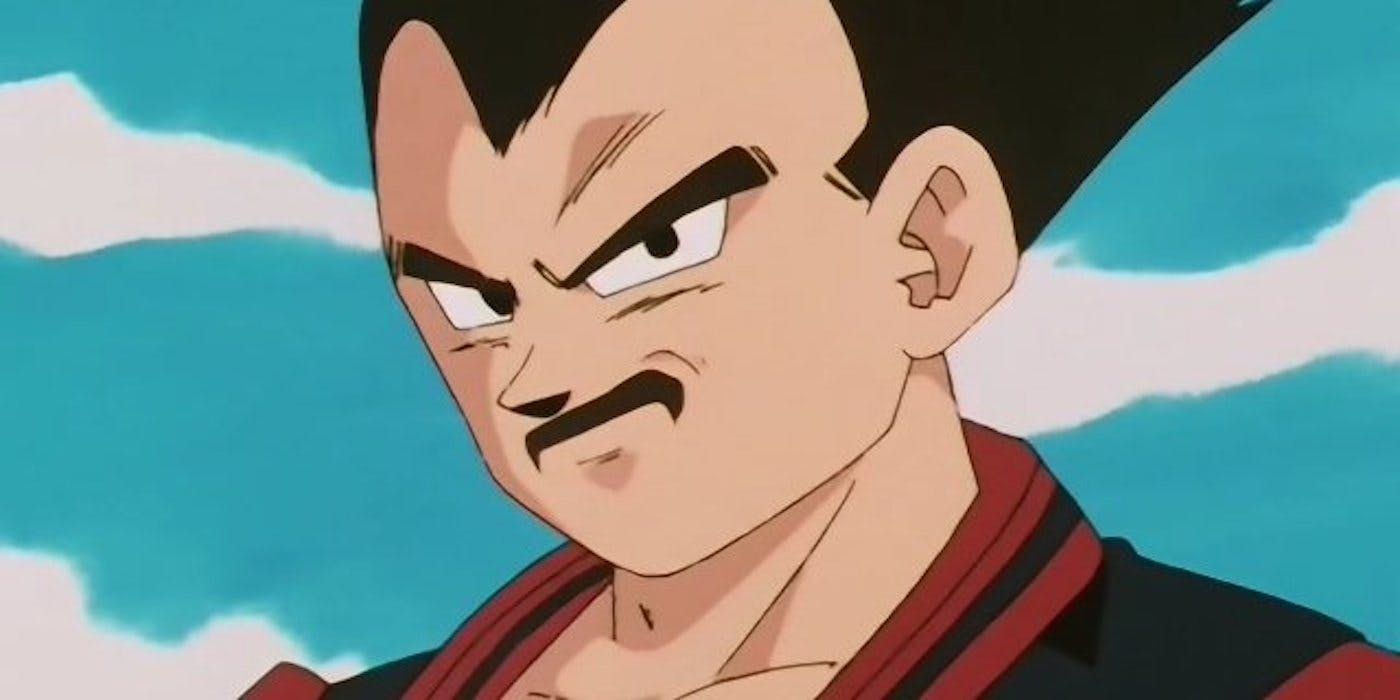
Dragon Ball GT sees Goku achieve the Super Saiyan 4 transformation by regrowing his tail and staring at the reflected light of Earth to transform into an ape. Vegeta takes a different route, using a machine built by Bulma to bombard himself with "Blutz waves" and transform into a Great Ape. Even at the time, fans argued that Vegeta would never increase his power using artificial methods, as doing so would be an insult to his Saiyan pride.
Dragon Ball Super makes Vegeta's SSJ4 transformation look even more out of character. After witnessing Goku achieve Super Saiyan God by joining hands with others, Vegeta can't stand the thought of doing the same, and he refuses to learn Ultra Instinct and Instant Transmission because those moves don't suit his arrogant personality. Since Vegeta's biggest area of character development in Dragon Ball Super is his resolve to rely on his own strength, it seems ridiculous that he'd later power-up using a machine in Dragon Ball GT.
from ScreenRant - Feed


